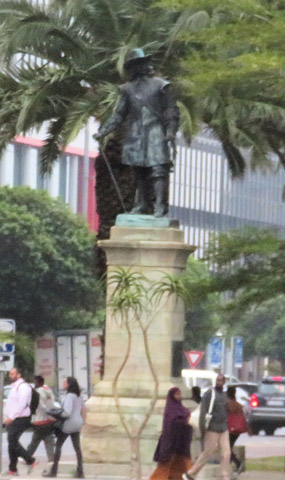
Jan van Riebeeck who started the first colony in South Africa in 1652.
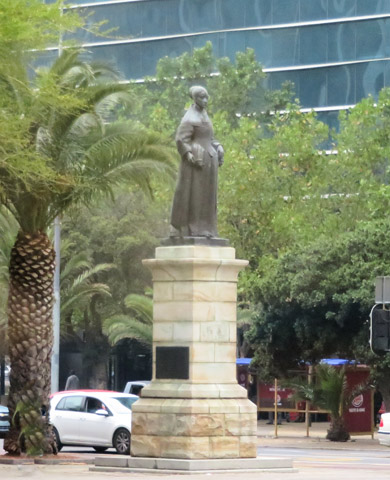
Maria van Riebeeck, his wife.
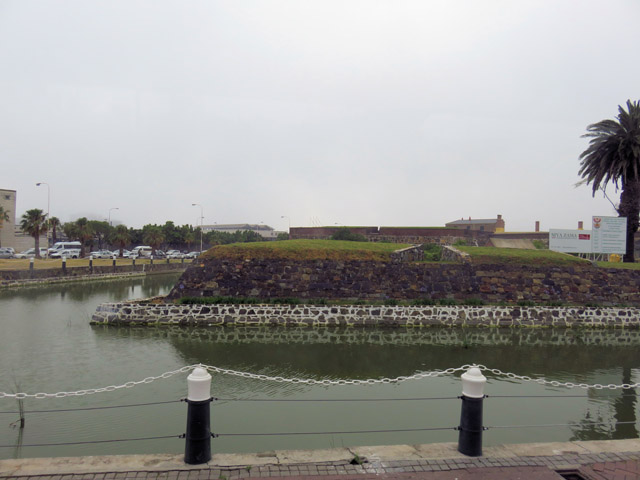
The moat and Castle of Good Hope. For more info, click
here.
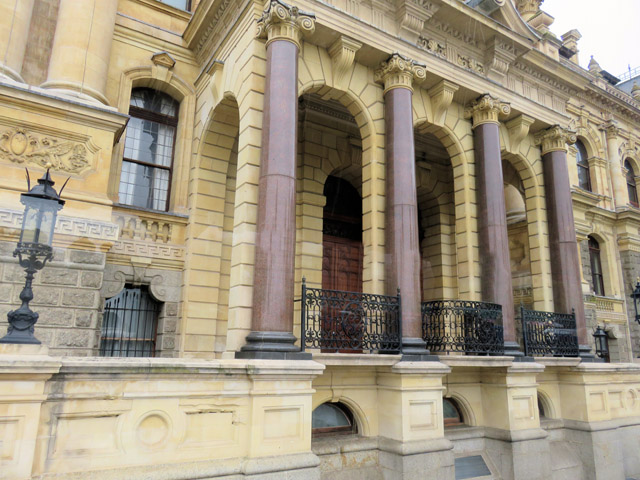
Mandela gave his first speech here after release from prison.
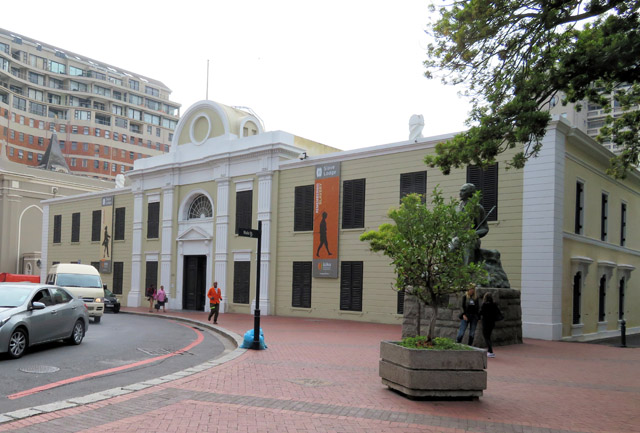
Slave Lodge where slaves were first housed upon arrival.
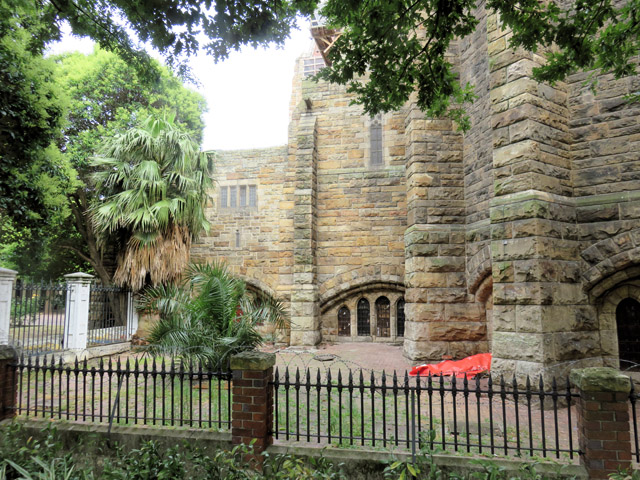
Bishop Desmond Tutu's church.
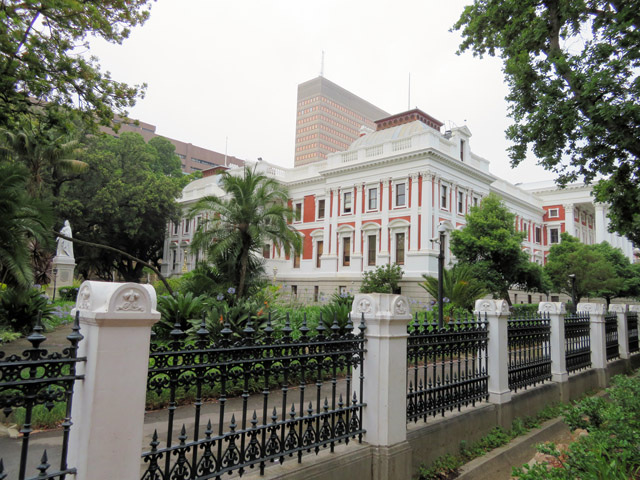
Government legislative building.
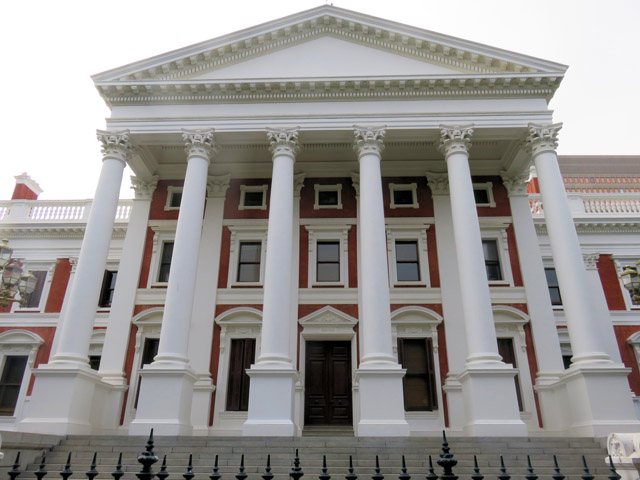
Government legislative building.
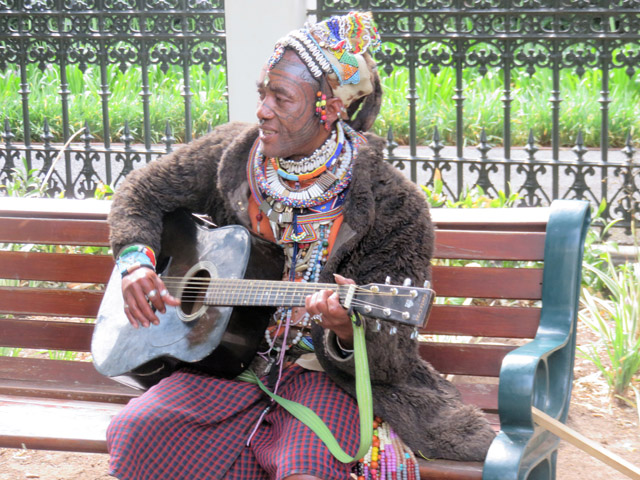
Busker on a park bench.
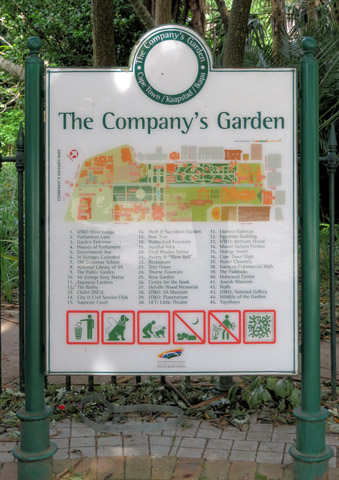
The Company's Garden is a large and beautiful park loacted in the heart of downtown Cape Town, much like New York's Central Park.

The park has many varieties of trees from many parts of the world. This one is a Rubber Tree.
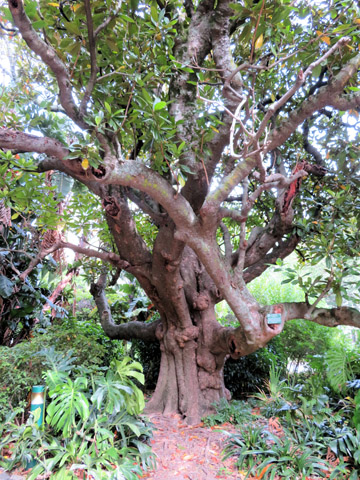
Magnolia Tree
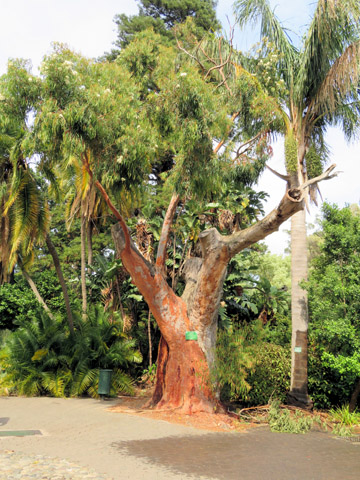
Gum Myrtle Tree.
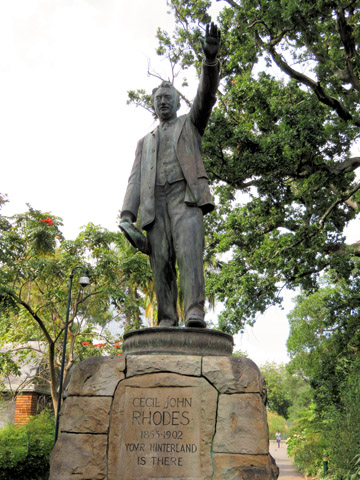
This is Cecil Rhodes who settled on South Africa and became fabulously wealthly through his discovery of gold and diamonds. For more info on him, click
here.
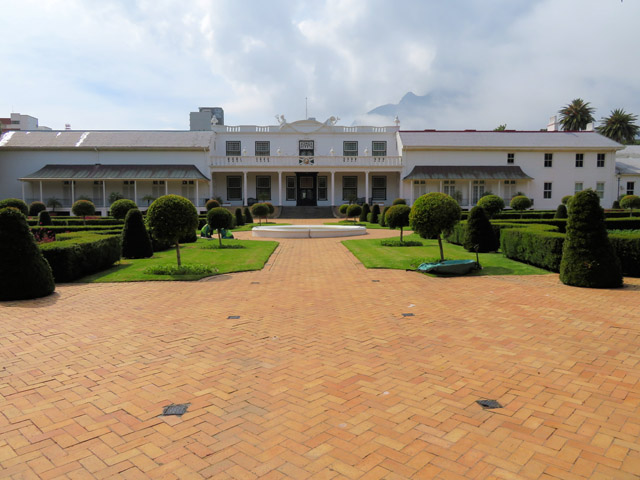
The Prime Minister's Residence next to the park.
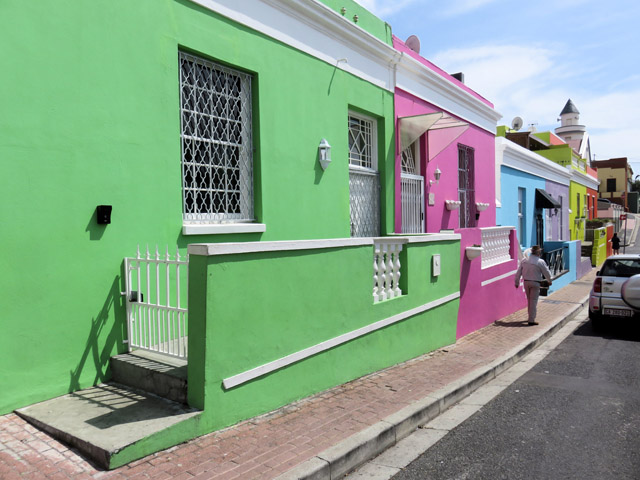
Bo-Kaap which was designated as a coloureds area during Apartheid.
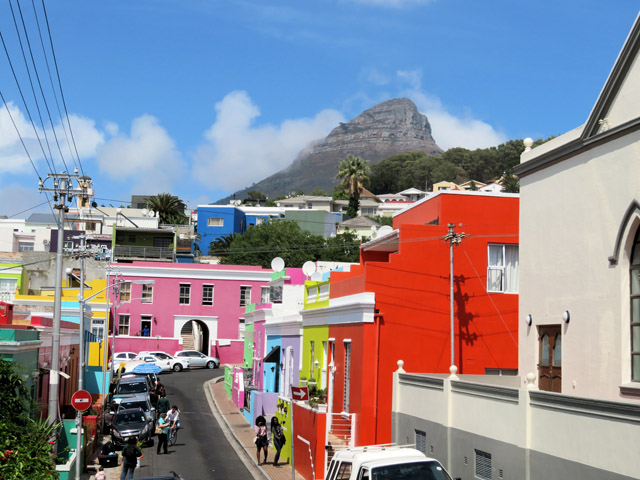
Bo-Kaap
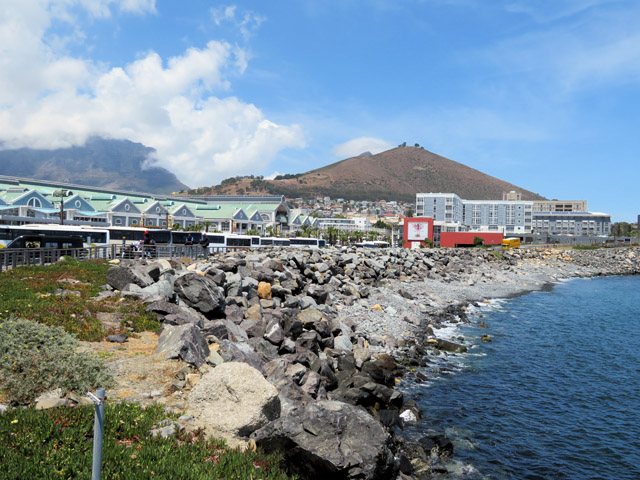
Victoria Wharf - a huge and beautiful mall and many excellent restaurants.
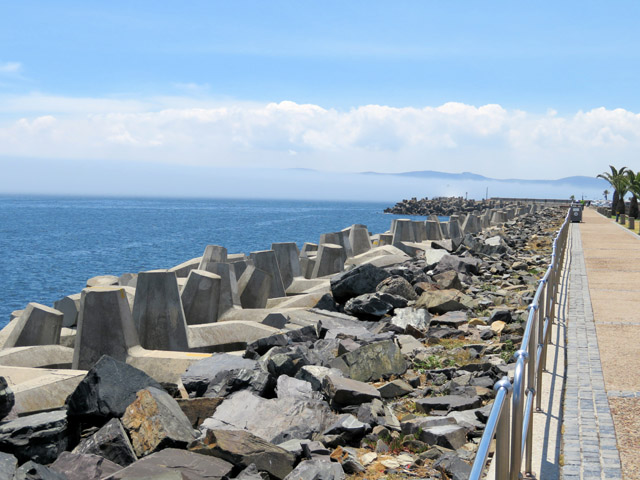
Victoria Wharf
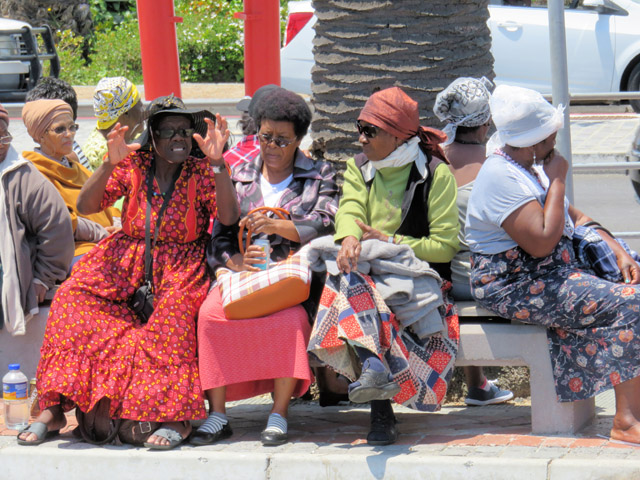
Victoria Wharf - visitors from Namibia waiting for their bus.
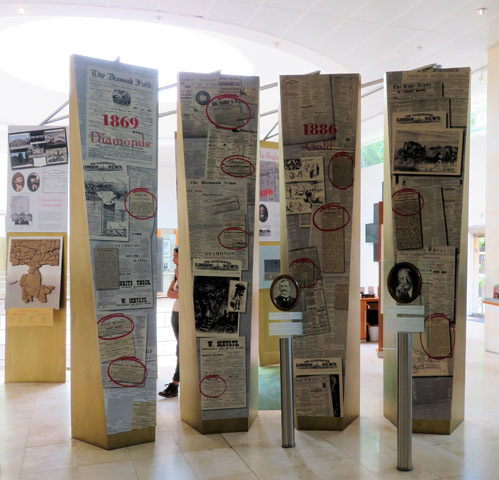
In the afternoon, a small number of us visited the South African Jewish Museum.
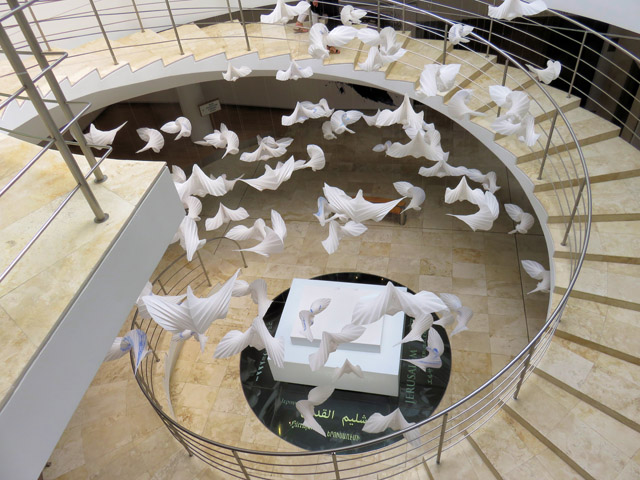
The museum had exhibits showing the history of Jewish immigrants to South Africa. It is also home to the Cape Town Holocaust Centre.
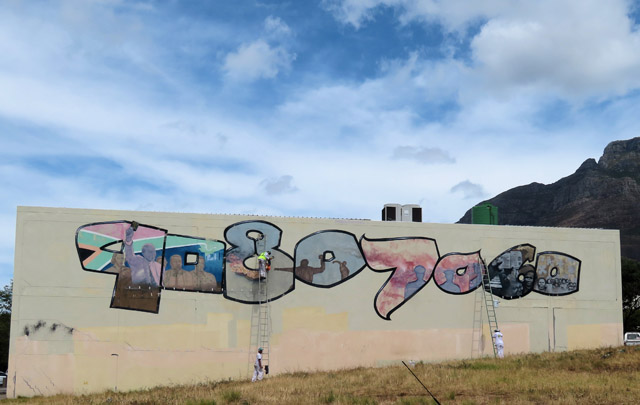
We then proceeded on to a cultural tour of the townships areas. This wall shows the history of Apartheid in South Africa during the 60's, 70's, 80's and 90's.
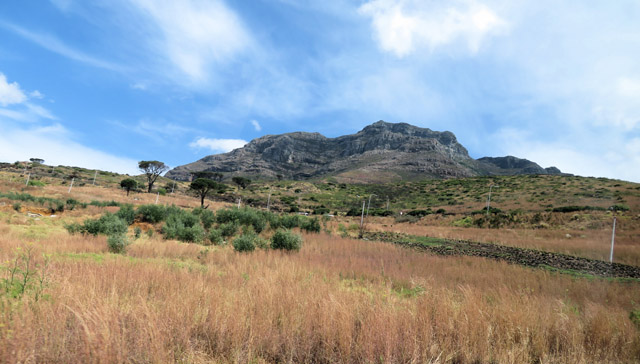
During Apartheid, land areas were divided into whites, coloureds and blacks. This empty area was designated as a white area and non-whites expelled from this area.
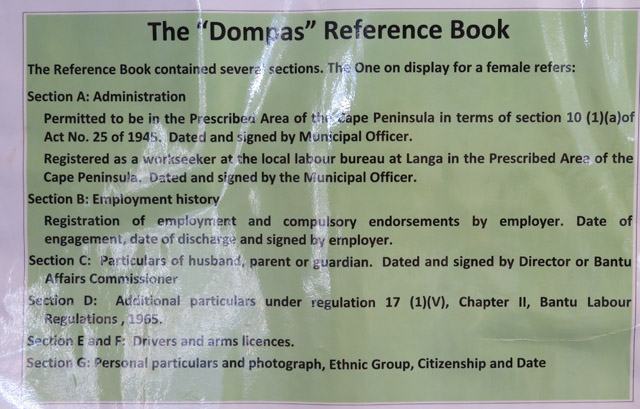
Also during Apartheid, all South Africans were assigned "Dompas" passports which indicated which areas they were permitted to be in. To travel from one area to another, one had to apply for permission which would be documented in the Dompass book.
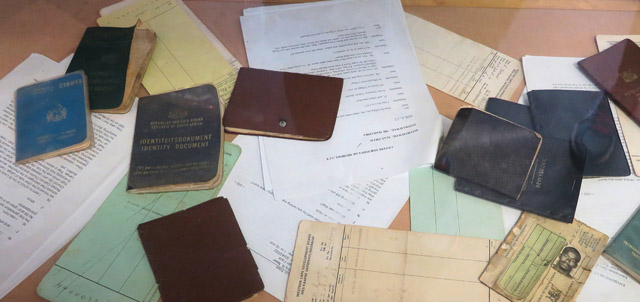
These are sample "Dompasses" found in a small museum in Langa Township.
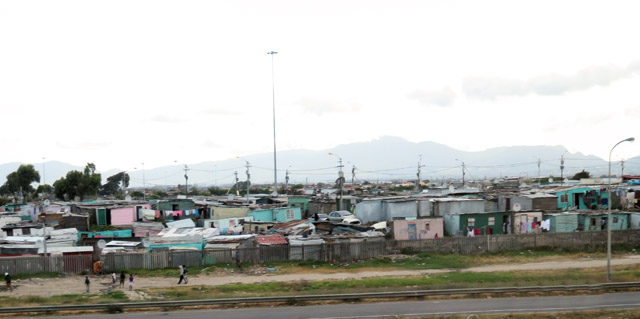
The cultural tour next took us to the areas where many of the black South Africans were living. Do to housing shortages, they lived in one room corrugated shacks. These shacks had no running water and very often no electricity.
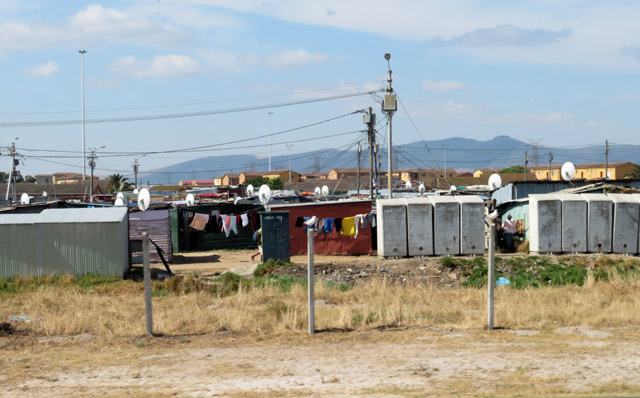
Due to no running water, the residents used outdoor toilets pictured here on the right.
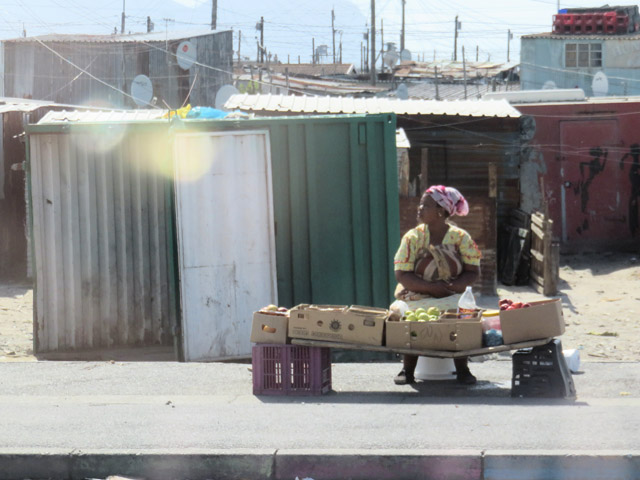
This lady is one of the many street vendors trying to earn a living.
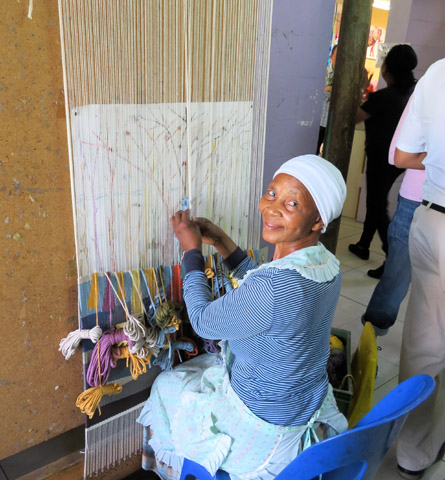
This lady is doing weaving in the Khayelitsha development centre where locals can work for themselves and sell their products.
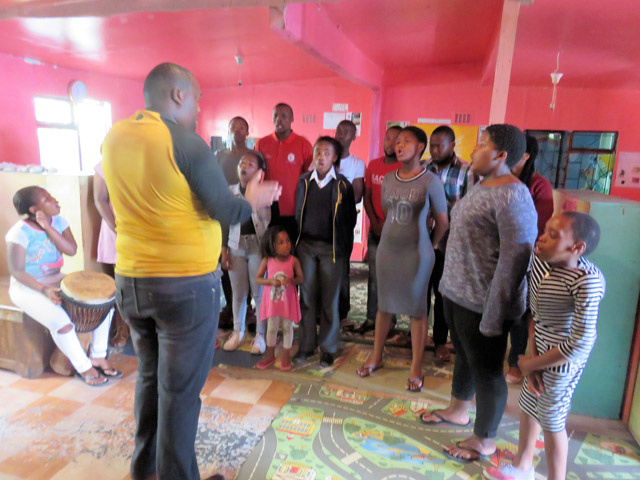
We then visited a Township youth singing group which performed for us. Their sounds and enthusiasm were excellent.
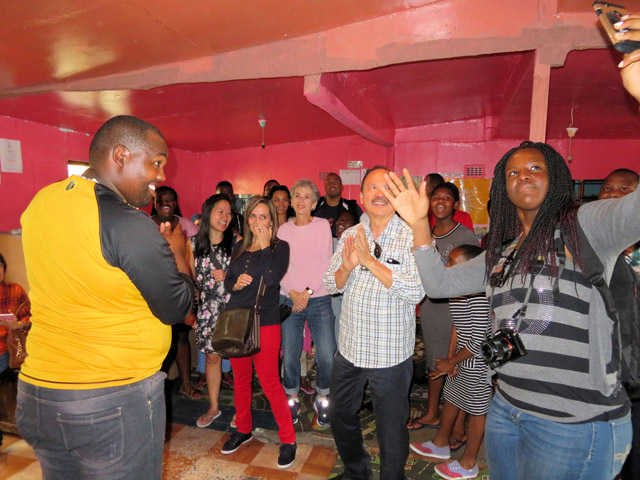
We were invited to participate in dancing with the youth group.
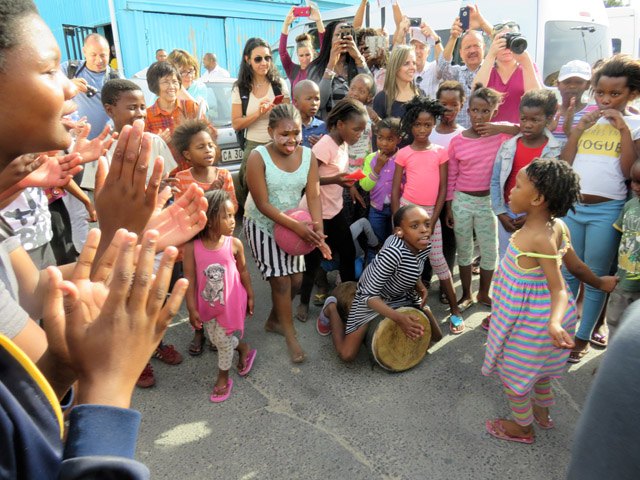
Here they were singing and dancing outdoors before we left the area.










